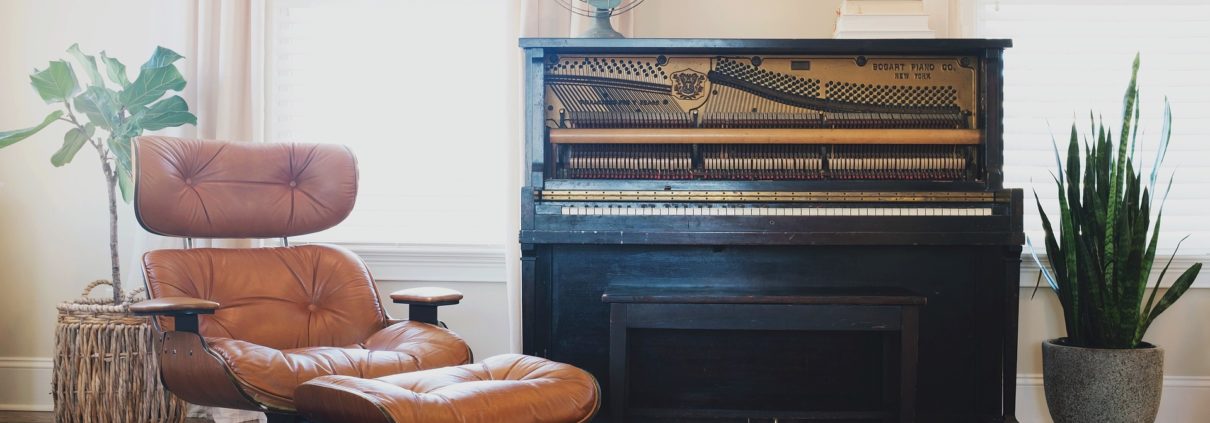Waste Not, Want Not
Toward the end of last year (on Christmas Day, in fact), the National Association of Realtors published a post called, “The Forecast: 2018 Trends in Staging“. It was unsurprising, except for this quote from one of the people interviewed for the post:
Staging and preparation can include as little as some fresh paint, but in most cases we also landscape, replace dated light fixtures and hardware, and in many cases refinish hardwood floors, replace countertops, bathroom fixtures, etc. … Fewer than 10 percent of homes I stage are partial–where we keep some of the furniture and belongings, edit out and add in where needed.
Maybe we’re a little more provincial than we fancy ourselves to be. But we think adaptive re-use makes sense. It certainly manifests common sense. And it definitely makes good business sense.
Consider This
Think about the choices you made when you went about outfitting your home or your workspace. Then ask yourself these questions:
- Did you deliberately or knowingly make any bad decisions or choices?
- Did you deliberately or knowingly select any furnishing or finishes that didn’t suit you at the time?
- Did you deliberately or knowingly plan or anticipate the obsolescence of anything with which your furnished or finished your space?
- Will you recoup and make a profit on whatever investments or purchases you make for the purposes of selling your space, residential or commercial?
- Do you have money to burn?
- Did you deliberately or knowingly purchase anything because you knew it would have a short shelf-life?
- Did you consider the things you purchased to furnish and finish your space to be investments?
If the answers to those questions are, in order — no, no, no, no, no, no, yes — an alternative perspective might be in order.
What Price Value?
We love new stuff as much as anyone. But we define value as more than the purchase price of new stuff. Your investments have value. Your vision and tastes have value. The things that remain important to you have value. And your money most certainly has value. So, our approach is more evolutionary than revolutionary.
If it ain’t broke, we won’t try to fix it. If it has emotional, monetary, and aesthetic value, we won’t try to replace it.
We don’t have a motto. But if we did, waste not, want not would work pretty well.




Leave a Reply
Want to join the discussion?Feel free to contribute!